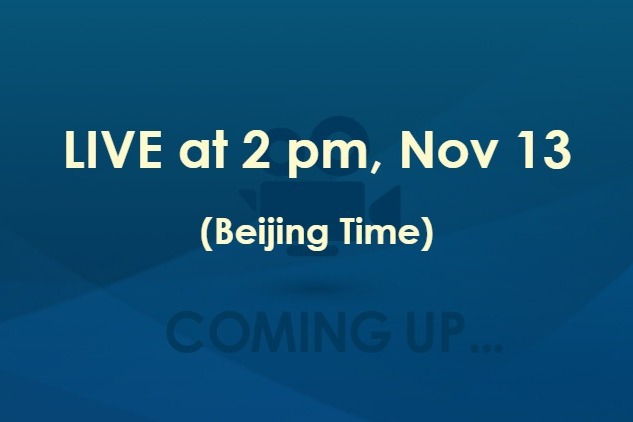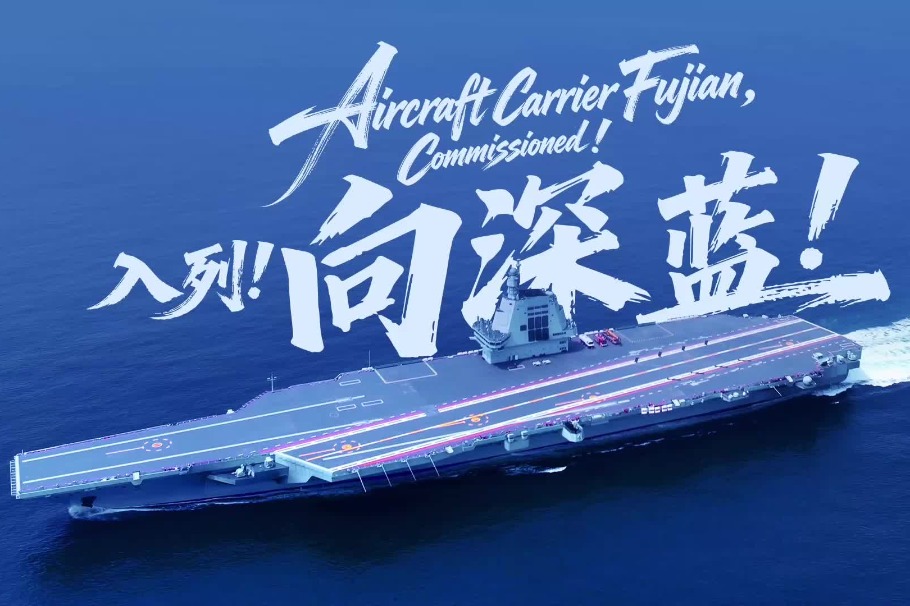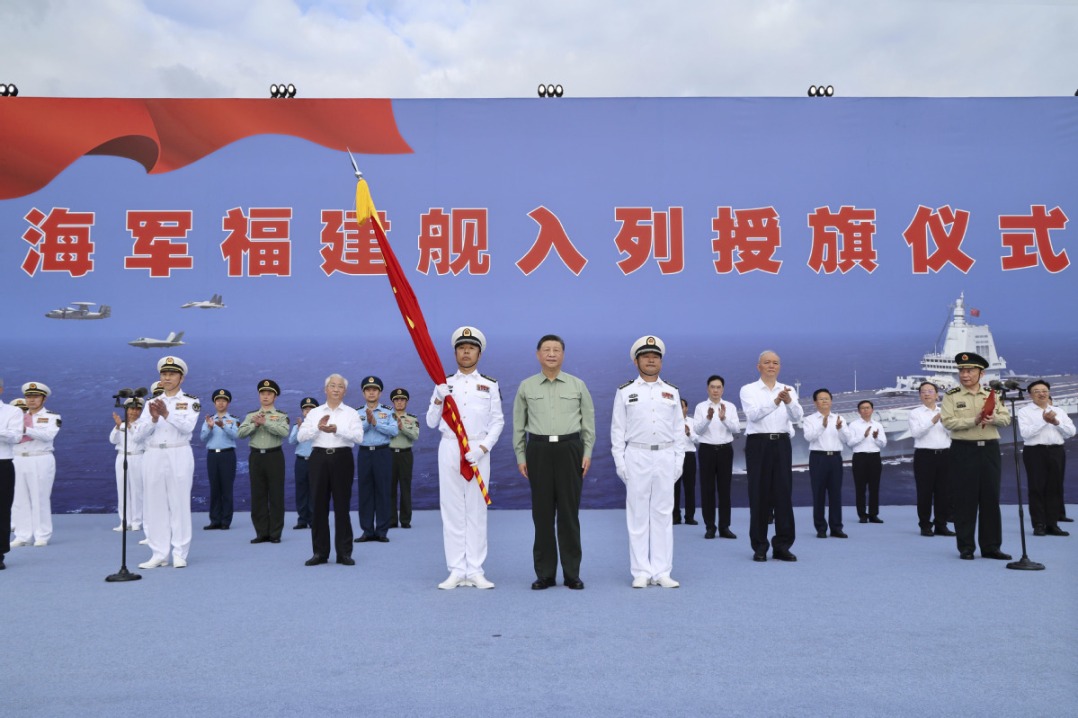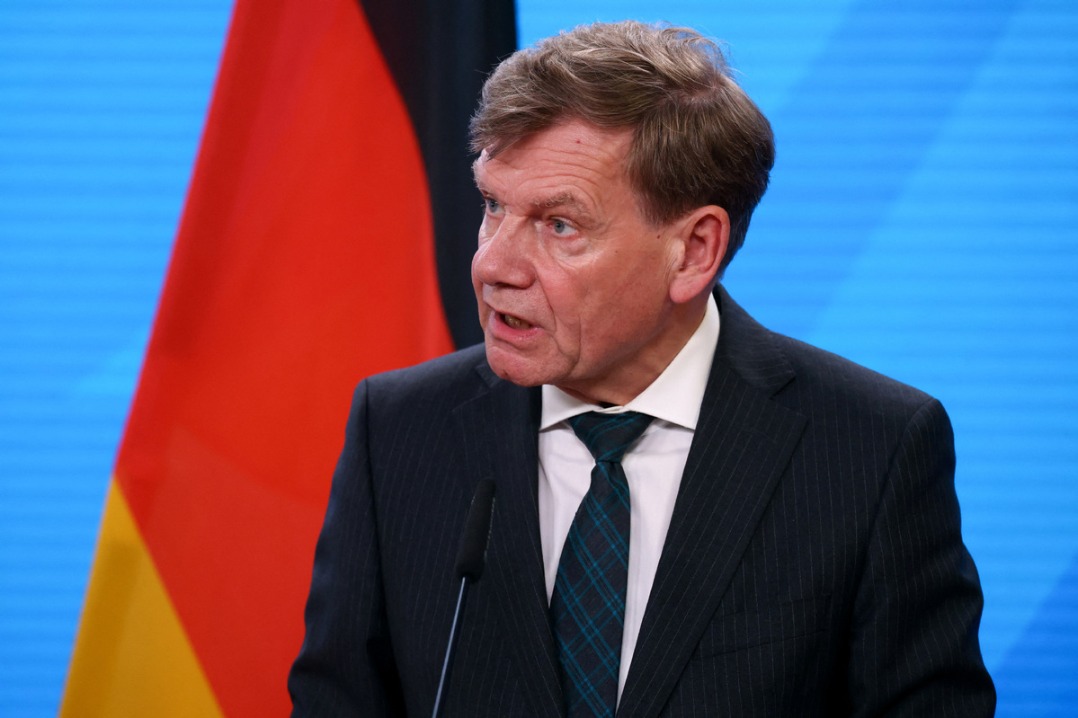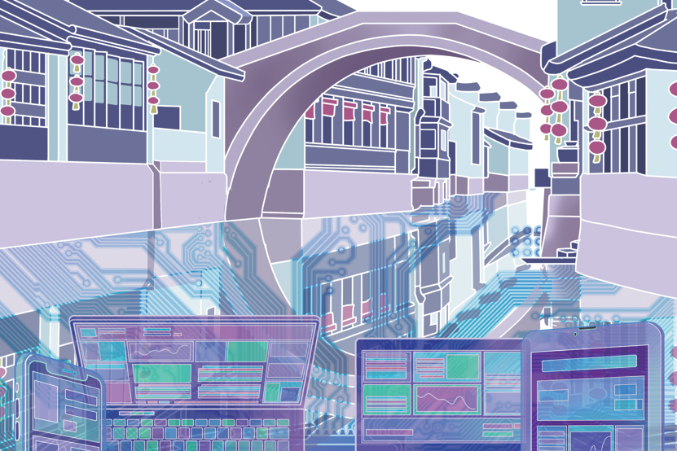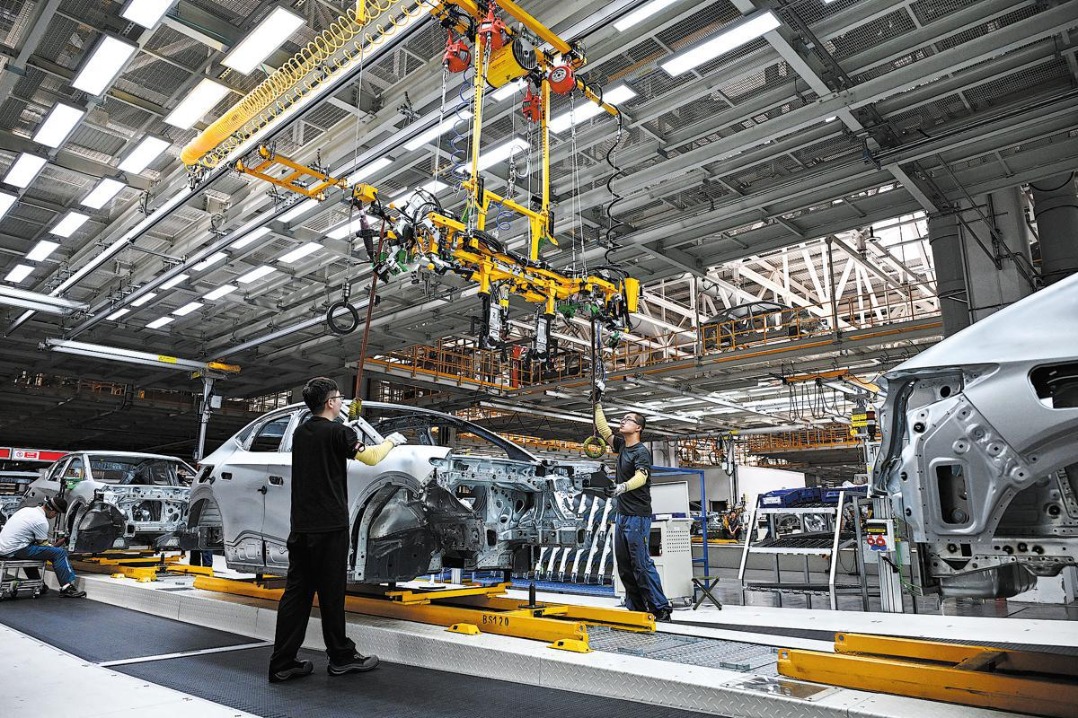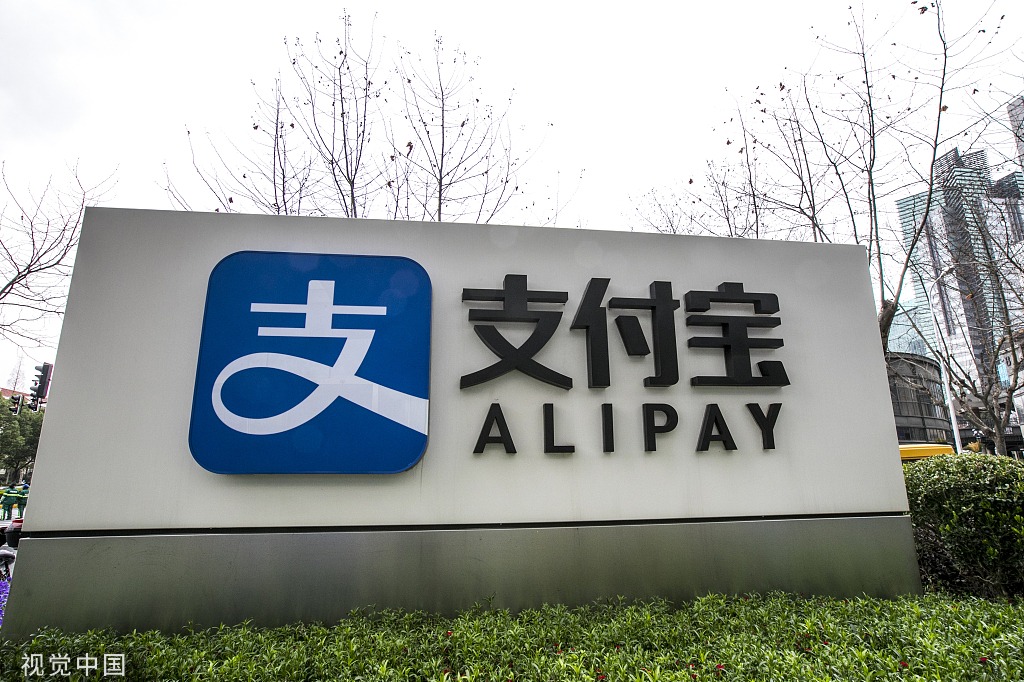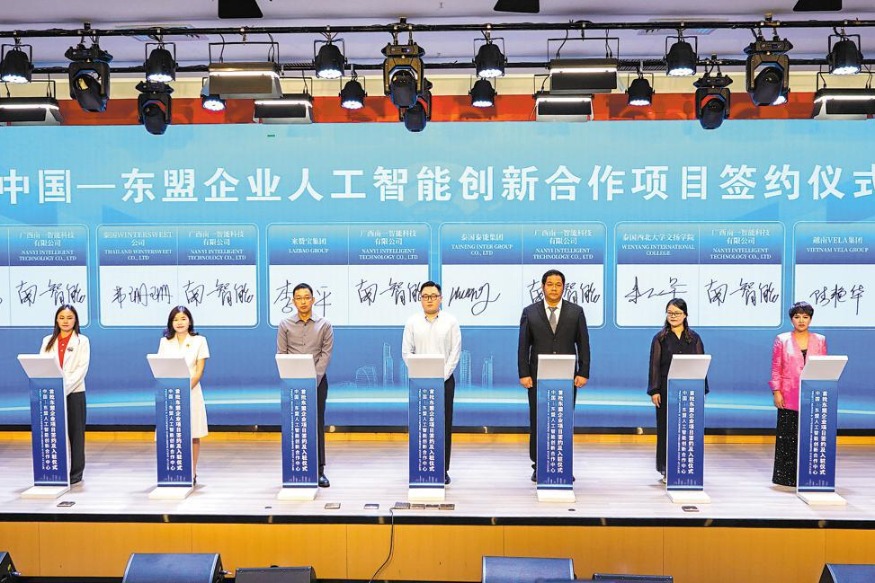A new era of Pakistan-China relations


Formal diplomatic relations between Pakistan and China were established May 21, 1951. But the history of our relationship goes back thousands of years when ancient Chinese traders went to Europe via present-day Pakistan for trading purposes. Pakistan was an important station on the ancient Silk Road. More than 2,000 years ago, famous Chinese monks like Fa Xian and Xuan Zang traveled to Pakistan to study Buddhism. Although the famous novel Journey to West mentions that Fa Xian and Xuan Zang traveled to India to acquire Buddhist knowledge, most of the South Asian cities named in the book – such as Peshawar, Swat, Taxila and Kashmir -- are in modern Pakistan. The first official government delegation of Pakistan visited China Jan 4, 1950, just three months after the liberation of China.
In the first six decades, relations between Pakistan and China were mostly political in nature. Both countries supported each other on domestic issues, as well as on regional and international issues. The foreign offices of both countries kept close coordination, which resulted in complete harmony on world affairs. We made big progress on bilateral ties and many memorandums of understanding and agreements were signed between the two countries:
●January 1963: The first formal trade agreement between China and Pakistan was signed.
●March 1963: China and Pakistan reached a border agreement. The boundary agreement provisionally demarcated the frontier between both neighbors. The final agreement was signed by foreign ministers Chen Yi for the Chinese side and Zulfikar Ali Bhutto for the Pakistani side.
●August 1963: An air transport agreement was signed authorizing each other’s airlines to land and operate along with other services. Airlines were directed to fly on the route of Karachi and Dhaka to Guangzhou and Shanghai and onwards to Tokyo.
●March 1965: Chinese and Pakistani governments signed a cultural exchange agreement in Rawalpindi. Both sides agreed to draw up plans for annual cultural exchanges.
●July 1971: Pakistan assisted the United States in making contacts with China that resulted in the visit to China by then US National Security Adviser Henry Kissinger.
●May 1976: China and Pakistan signed an agreement to cooperate in the fields of science and technology.
●1978: The Karakoram Highway linking mountainous northern Pakistan with western China was officially inaugurated.
●August 1982: The two countries signed the protocol on opening the Khunjerab Pass on the Pakistan-China border.
●October 1982: President General Zia-ul-Haq paid an official visit to China. During the visit both sides agreed to set up the China-Pakistan Joint Committee of Economy, Trade and Technology.
●September 1986: China and Pakistan signed a comprehensive nuclear cooperation agreement.
●March 2002: Vice-Premier Wu Banggu visited Pakistan to attend the groundbreaking ceremony for the deep-sea Gwadar Port. China provided $198 million for the project.
●November 2006: China and Pakistan inked the China and Pakistan Free Trade Agreement.
●July 2010: Pakistan and China conducted a joint anti-terrorism drill.
●2011: Pakistan and China celebrated the Pakistan-China Friendship Year at the occasion of the 60th anniversary of bilateral Pakistan-China relations. On May 21, 2011, the governments and common people from the two sides sent messages to each other on the 60th anniversary. In this year, there was remarkable progress in the fields of economics, trade, energy, defense, culture, sports and education. Wang Chen, minister of the State Council Information Office, visited Pakistan and attended the anniversary celebrations.
●July 2013: Pakistan and China inked the historical framework agreement for the $46 billion China Pakistan Economic Corridor (CPEC), which will link Pakistan’s Gwadar Port on the Arabian Sea and Kashgar in Northwest China’s Xinjiang Uygur autonomous region.
●April 2015: President Xi Jinping arrived in Pakistan on a state visit. During the visit, 51 agreements and MOUs, including the plan for CPEC, were signed. President Mamnoon Hussain conferred Pakistan’s highest civil award Nishan-i-Pakistan on his Chinese counterpart on April 21, 2015.
●August 2017: A high-level delegation led by Wang Yang, the vice-premier of the State Council, visited Pakistan to attend the 70th Independence Day Celebrations.
With the launch of the Belt and Road Initiative and the signing of CPEC, the relations between Pakistan and China have ushered in a new era. In addition to the already strong political and military relationship, economic relations have improved exponentially. Chinese investments are pouring into Pakistan, and several mega projects were launched in power generation and transmission. Basic infrastructure elements such as motorways, railways, airports, sea ports, oil and gas pipelines, and fiber-optic linkages are being upgraded and strengthened. Chinese nationals are coming to Pakistan to help build a stronger and viable Pakistan. The number of visitors from China exceeded the accumulated number of visitors from the rest of the world, leading to more contact between Chinese and Pakistani people. The number of flights between two countries has increased three to four times. Cultural exchanges are growing through students learning Chinese and cultural troupes visiting each other. The strength of Pakistani students in China has increased up to 28,000. China nowadays is one of the most desirable higher education destinations for Pakistani students. Our friendship has expanded in all dimensions and has been forged into a strategic partnership. In fact, we have entered into a new era in our relationship with China.
Up to now, the progress on CPEC is satisfactory and as desired, with the early projects meeting their timelines in most cases. However, CPEC is entering the next phase, where Pakistan will launch a Special Economic Zone and China will shift its industry to Pakistan. The Pakistani private sector is gearing up for joint ventures with Chinese counterparts. Industrialization will generate an abundance of job opportunities and increase national productivity. The industrial output will meet the requirements of the domestic market, eventually reducing our import bill. Meanwhile, excess products will be exported, reducing our trade gap and becoming a major source of foreign exchange. Agriculture is our economic backbone and will remain a key feature in CPEC’s next phase. The mineral sector is another area which needs attention and will see a surge in the next phase. These two niche areas may provide an advantage to fulfill our dreams for the 21st century. China and Pakistan will join shoulders and work hand in hand to achieve a prosperous future.
Long live the Pakistan-China friendship.
The author is a professor and Sinologist at the National University of Sciences and Technology in Islamabad, Pakistan, and can be reached at awanzamir@yahoo.com .
















